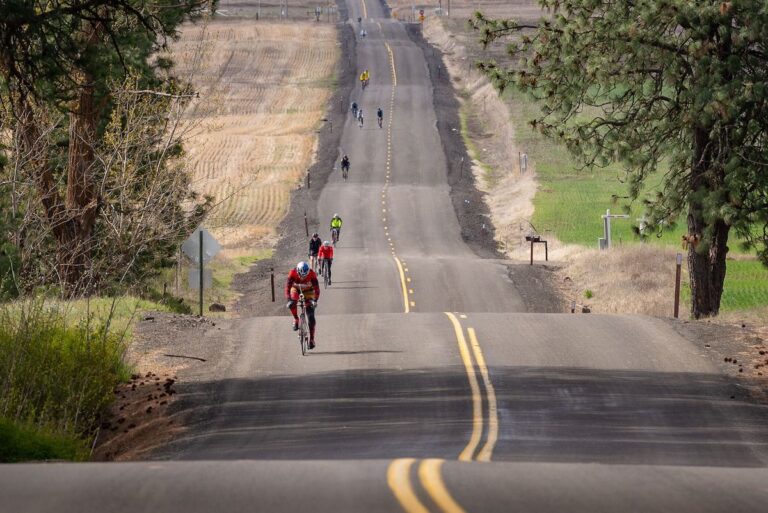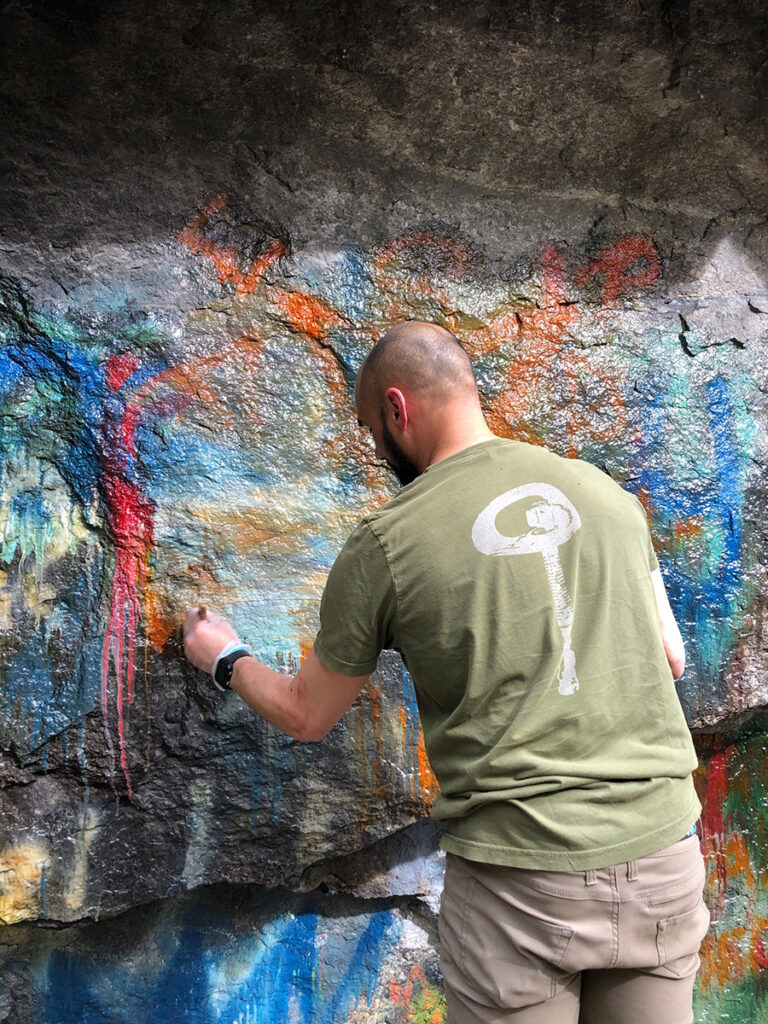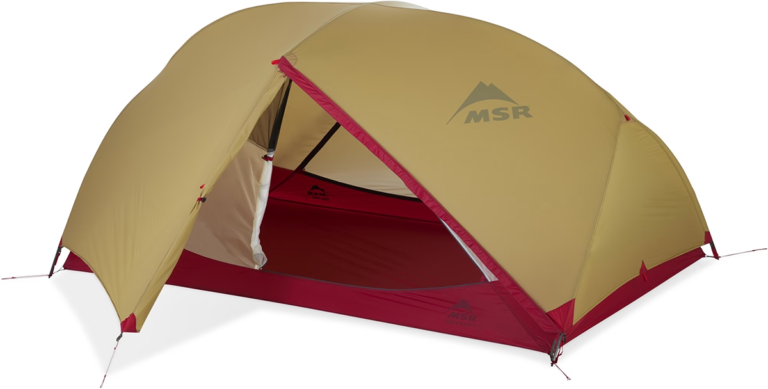Inland northwest residents talk about the Missoulian Floods like they’re a story out of the Bible—most people even call them “The Great Floods.”
Fifteen thousand years ago, glacial floods rerouted rivers, carved out ravines, and created new lakes from Lake Missoula to the Columbia River. The floods left our region punctuated by the Channeled Scablands, geological formations unlike any others in the world. The story is just wacky enough to sound like a fable.
Perhaps that’s why geologist Harlen Bretz—who first argued that floods caused our unique geological landscape—met resistance from other geologists when he first proposed his theory. For forty years, despite being disregarded and publicly embarrassed by his peers, Bretz continued to gather evidence.
Turned out Bretz was right and those other guys were “ye of little faith.” (In 1979, at 96 years old, Bretz received the Geological Society of America’s highest award, the Prenrose Medal, to celebrate his findings.)
But perhaps the best way to quell doubts is to show, rather than tell, our Great Flood story. Plenty of landmarks in the region testify to its truth. None do it as eloquently as Palouse Falls—the last remaining waterfall on the glacial flood path. Measuring 198 feet, the Palouse Falls are higher than Niagara Falls, though not nearly as wide.
Originally flowing through the now-dry Washtuctna Coulee, the Palouse River was diverted to its current course to the Snake River when the floods eroded a new channel—which is why the ravine in which it flows appears too big to have been carved by the river itself.
Visit Palouse Falls State Park as soon as possible to see the rush of winter run-off. This 105-acre, dog-friendly camping park is located in Franklin County, 23 miles southeast of Washtucna, Wash.
Recommendations for the roadtrip: Stock up on water and snacks before leaving Washtucna, since none are available in the state park. If red barns and windmills are your thing, you’d better sit in the passenger seat with a camera in hand on the way—everything between Spokane and the falls is pure Americana.
At the park, picnic tables and a lawn make for a great family lunch spot. (Hint: Follow the marmots to the best lookout spots.) Make sure young kids stay far from the edge of the cliff. A trail starts at the parking lot and heads north along the bluff to the railroad tracks. Once you leave the tracks, you’ll have several options—all perilous—for tumbling down the hillside of loose rock. If you make it to the bottom, you’ll probably survive the rest of the trek. Stay on the not-so-well-marked trail, which will take you to the banks of the Palouse River above the falls. (Caution: There is no safe way to hike to the base of the falls, despite some “trails” that may indicate otherwise.)
The winding trail alongside the river feels like a Tim Burton movie with the lights on. Reeds tower over your head and moss grows in neon shades. Creepy flowers peek out through dead branches. Definitely bring a camera.
Where the trail meets the water, a turn in the river’s course forms a perfect spot to stick your toes in and cool off. Nobody knows how many floods passed through here, but you can try to guess by counting the layers visible along the walls of the gorge.
You’ll know you’re at the falls when the jagged orange basalt rocks that looked tiny from the campground suddenly tower above you. You won’t have to get too close to feel like you might fall in, but inch a little closer and look down.
Then imagine chucking yourself down in a kayak. Sounds scary, but it’s been done. In late 2009, Montanan daredevil Tyler Bradt set the world record at Palouse Falls for taking the longest plunge ever in a kayak. He found a smooth “tongue” on one side of the top from which to begin his descent.
Bradt and his red kayak emerged at the bottom six seconds later, mostly intact. Bradt had a broken wrist and his kayak had a snapped oar—minor damages, all things considered. He said he took the plunge to prove human beings can achieve the feat. Just in case, though, a medical team awaited him.
Palouse Falls and the guy who can’t pronounce their name (he says it pay-loos) shared a moment of fame, during which parents everywhere thanked their stars for children who play “safe” sports like ice hockey and roller derby.
Out There Monthly does not recommend you attempt to kayak the falls. But do visit any time through early summer to experience this geological awesomeness at its best.
For more information about visiting Palouse Falls State Park, go to www.parks.wa.gov. Campsites: $10 per night (10 sites available); check-in time: 2:30 pm. Park hours: May through September, 6:30 am to dusk; October through April, 8 am to dusk.
WHEN YOU GO
To take the more scenic route, but longer route, drive south on Highway 195, then west on Highway 26 to Washtucna. From there, drive 15 miles southeast of the junction of routes 260 and 261, then take Palouse Falls Road East. For a shorter ride, drive west on I-90 toward Ritzville, then south on Highway 261 to Washtucna.












